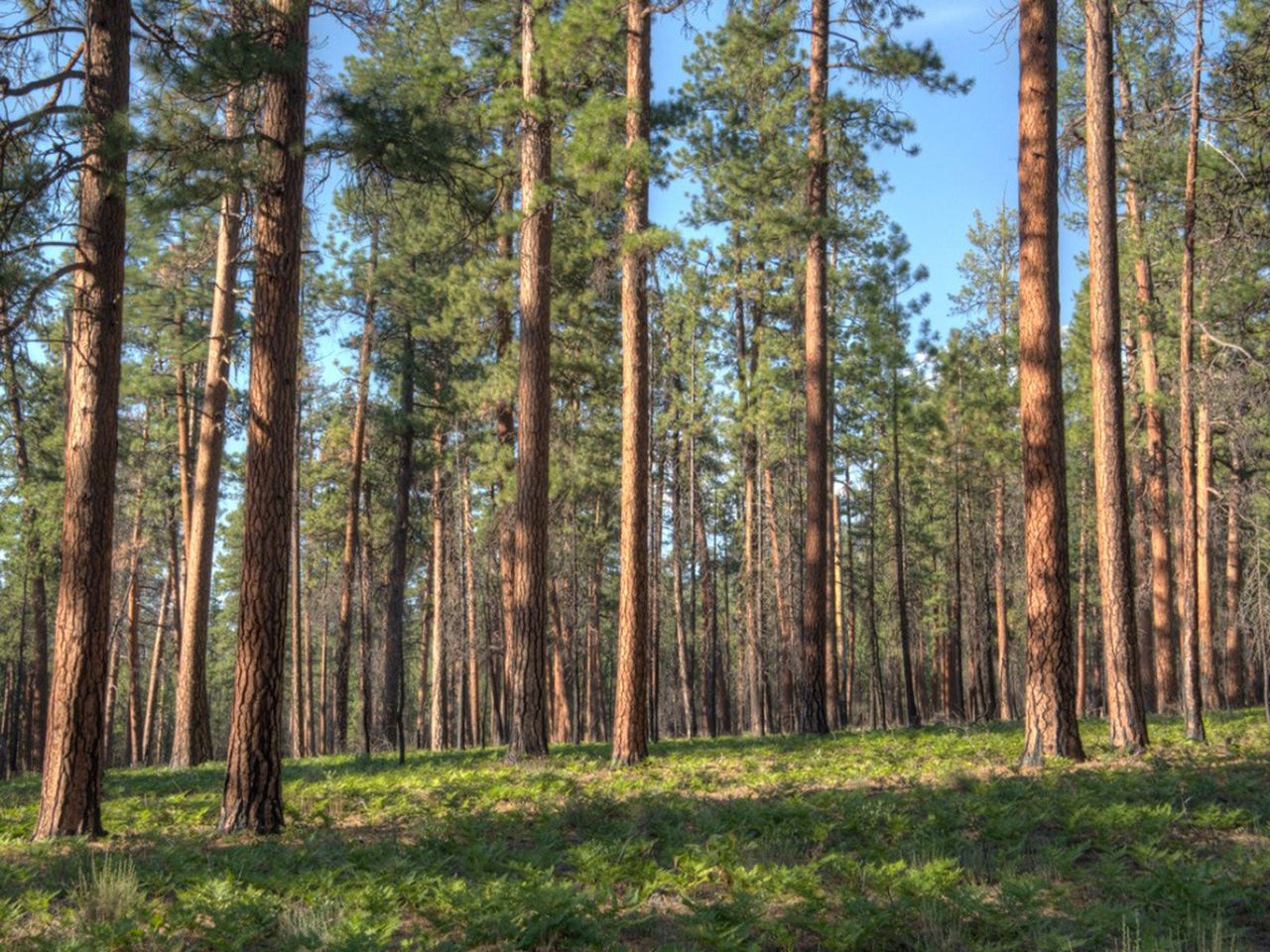West North Central Conifers: What Are The Best Northern Plains Conifers


For overall ease of growth and year-round visual impact, northern plains conifers have the most value for your dollar. Landscaping with conifers in the northern Rockies brings in that desired shade in the summer and protects the garden and home in the winter. As with any tree selection, make sure your site is appropriate for each individual plant's needs.
Want green all year round? Choose conifers for West North Central regions. Not only will you have color in winter, but the plants provide a windscreen, protect understory plants, provide animal habitat and often food, and are generally perfectly happy in a variety of soils.
Smaller West North Central Conifers
The smaller conifers are great for privacy hedges or windbreaks. They can also be used as shrubs. Their smaller size makes these northern plains conifers easy to maintain. Many grow together tightly, developing into a natural-looking hedge. There are a variety of species from which to choose:
- Junipers - There are many cultivars of juniper and several needle colors. These are medium-sized shrubs that sprawl, produce berries, and can be pruned to keep a certain shape.
- Arborvitae - A classic hedge tree that takes to shearing well. Many cultivars of arborvitae are available.
- Dwarf Spruce - Unique bluish needles and compact form. Dwarf spruce comes in several sizes.
- Mugo Pine - Mugo pines are small, mushroom-shaped pines.
Native Conifers for West North Central
Choosing native plants is an excellent way to conserve water, avoid certain diseases, and help wild plant and animal populations. Most cities advertise natives as the environmentally friendly way to garden. Some of the common conifers in the northern Rockies are:
- Ponderosa Pine - You will need some room for this plant. Ponderosa pines have needles in twos or threes, grayish green to yellow-green, and huge cones.
- Lodgepole Pine - Not as big as the Ponderosa, Lodgepole pines have needles in twos. Cones may remain on the tree for up to 20 years.
- Limber Pine - Much smaller by half than the Lodgepole, the limber pine is slow growing and tends to grow on slopes. Needles are in bunches of five.
- White Bark Pine - As the name suggests, White Bark pines have showy bark. Very slow growing but very long-lived.
Other Suggested West North Central Conifers
Conifers as a rule are very adaptable plants. Of the classic native species, there have been many cultivars and hybrids that offer subtly different and desirable attributes. The pines, for instance, offer varieties of native pines as well as Italian stone pines. Spruces and firs are also hardy in the region. Other suggestions include:
- Pines - Swiss Mountain, Scotch, Austrian, Pinyon, Timber
- Stone Pines - Swiss, Siberian, Korean, Japanese
- Firs - White or Concolor, Douglas, Subalpine
- Spruce - Engelmann, Colorado Blue, White, Black Hills, Norway, Meyer
Gardening tips, videos, info and more delivered right to your inbox!
Sign up for the Gardening Know How newsletter today and receive a free copy of our e-book "How to Grow Delicious Tomatoes".

Bonnie Grant is a professional landscaper with a Certification in Urban Gardening. She has been gardening and writing for 15 years. A former professional chef, she has a passion for edible landscaping.